 |
Manejo del Paciente Segur (Spanish) Safe Patient Handling |
0.50 |
Este curso cubre la historia de cuidar y la asistencia sanitaria, y heridas profesionales. De acuerdo con las leyes, existen ciertas formas de manejar estas situaciones con un profesional de la salud. |
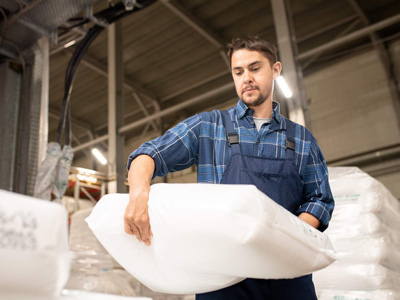 |
Manual Materials Handling |
0.50 |
This course covers safe practices for lifting and handling manual materials, which can help prevent back injury. |
 |
Medication Safety Basics |
0.50 |
This course covers common adverse drug events (ADEs) and their causes in adults and children, and ADEs associated with some specific common medications. It includes safety precautions and suggestions for reducing or preventing ADEs and the emergency department visits, and sometimes hospitalizations, that result from them. |
 |
Mobile Equipment |
0.50 |
This course covers how to identify and avoid hazards associated with mobile equipment in the workplace. You will be able to identify the common hazards and take the necessary steps to prevent them. |
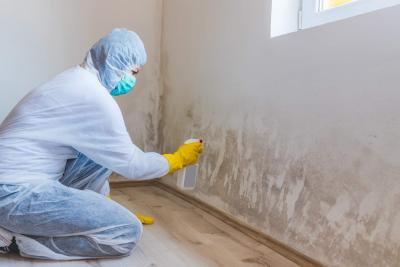 |
Mold Safety Awareness |
0.50 |
This course covers a variety of topics on mold that will prepare you to handle any situation you should come upon. These topics include identifying and analyzing mold hazards, protective measures, and rules and regulations for mold. |
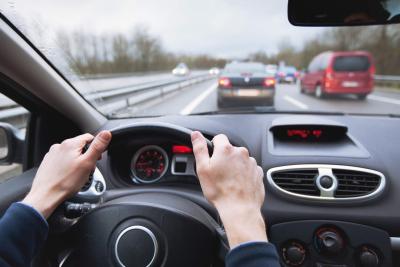 |
NIEHS Driving Hazard Awareness |
0.17 |
This course covers the hazards of driving and what you can do as a driver to avoid these hazards. When you are on the road, there are a variety of factors that go into your overall safety. Being aware of other drivers and being conscious of your own driving increases your overall safety. |
 |
Office Safety and Health |
0.50 |
This course covers the various factors that affect worker safety and health in an office environment, including furniture and equipment, the office physical environment, workspace design and ergonomics, job stress, and general physical hazards. |
 |
Outdoor Personal Protective Equipment (PPE) |
0.50 |
Personal protective equipment, commonly referred to as “PPE,” is equipment worn to minimize exposure to various hazards. Examples of PPE include gloves, foot, and eye protection, protective hearing devices (earplugs, muffs), hard hats, respirators, and full-body suits. This course covers protecting yourself from hazardous work-related activities with Personal Protective Equipment. |
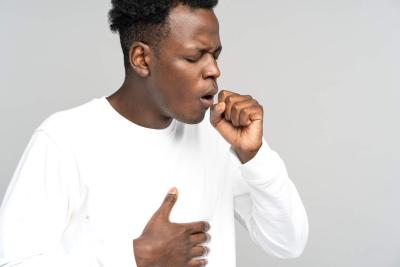 |
Overview of Enforcement for Occupational Exposure to Tuberculosis (TB) |
0.50 |
This course covers a brief overview of OSHA’s enforcement policy for occupational exposure to tuberculosis. OSHA’s tuberculosis policy is found in CPL 02-00-106 – CPL 2.106 – Enforcement Procedures and Scheduling for Occupational Exposure to Tuberculosis. |
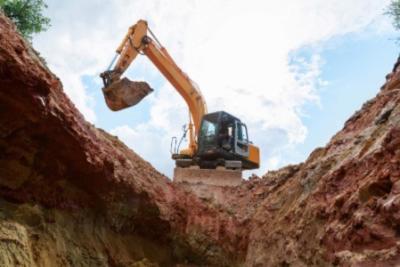 |
Peligros De Excavaciones Y Zanjas (Spanish) Excavation and Trenching Awareness |
1.25 |
El Conocimiento de la Excavacion & Zanjas por la Industria de la Construccion: Este curso cubre muchos temas de excavación y zanjeo concienciación dirigidas a los de la industria de la construcción. Los temas cubiertos incluyen leyes de excavación, reglamentos y normas, clasificación de suelos, análisis de suelos, las responsabilidades de la persona competente, los riesgos asociados a las trincheras, y los sistemas de protección. |
 |
Permit-Required Confined Spaces |
1.00 |
This course covers the safety basics while working in permit-required confined spaces. You will learn the differences between a confined space and a permit-required space, as well as how to identify potential hazards in confined spaces and the safeguards that go along with them.
|
 |
Pesticides and Chemical Safety |
0.50 |
This course covers the safe use of pesticides, including pesticide selection, safe storage, and disposal, as well as recommendations for preventing pesticide poisoning. The advice provided in this course is equally applicable to household use of pesticides as it is to commercial or agricultural uses.
It is just one of many health and safety courses we offer. This course will help you learn about best practices to keep yourself safe and healthy when on the job or at home. |
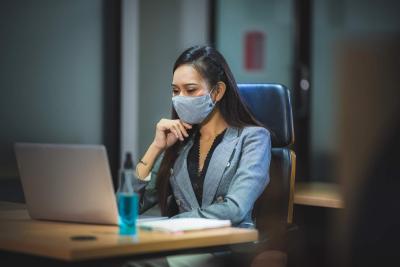 |
Preparing Workplaces for Pandemic Flu |
0.25 |
This course covers the basic knowledge of what the pandemic flu is, and how you can keep yourself, your family, and your workplace safe and healthy. |
 |
Preventing Cuts, Scrapes, and Punctures |
0.25 |
This course covers how to protect yourself from scrapes, cuts, and punctures. You will learn how to operate sharp objects and tools safely and what to do in case you accidentally harm yourself using these objects. You will also learn how to categorize different sharp objects so that you can be aware of the specific dangers they present. |
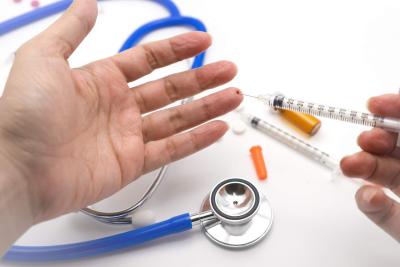 |
Preventing Needlesticks and Other Sharps Injuries |
1.00 |
A sharps injury is a penetrating stab wound from a needle, scalpel, or another sharp object that may result in blood or additional body fluids exposure. Sharps injuries are typically the result of using sharp equipment in a fast-paced, stressful, and potentially understaffed environment. This course covers the causes of needlestick and sharps injuries in the healthcare workplace, how to prevent such injuries and the prevention strategies that can be implemented. |
 |
Preventing Slips, Trips and Falls: A Training Program for Small Business |
0.67 |
The Preventing Slips, Trips and Falls course focuses on helping small business owners and their employees identify, evaluate and control the hazards in their workplaces that may cause slips, trips and falls. Designed to increase and improve participants' knowledge, skills and access to valuable resources, this course will assist them in establishing systems that can help them prevent slips, trips and falls. Participants will learn how to prevent, recognize, evaluate, and control slip, trip and fall hazards, as well as develop their own learning goals and action plans. |
 |
Preventing Violence at the Workplace |
0.50 |
This course covers the basics of workplace violence protection, including the four types of workplace violence and the appropriate responses to each. |
 |
Preventing Violence at the Workplace - Retail |
0.50 |
This course addresses workplace violence, including its factors and types, and provides strategies for preventing it. |
 |
Protecting Yourself While Responding to Earthquakes |
2.00 |
This course covers the importance of earthquake safety and protecting yourself before, during, and after an earthquake. It also covers how first responders should keep themselves safe when responding to an earthquake scene. |
 |
Reducing Foodborne Illness Risk Factors in Food Service and Retail Establishments |
0.50 |
This course covers different risk factors that are insufficiently controlled in institutions, retail food, and restaurants. Recommendations to help these places control these risk factors are also given. |
 |
Respiratory Protection Awareness |
0.50 |
This course covers the different types of respirators and their purposes, as well as OSHA standards and the reasons why using a respirator would become necessary. |
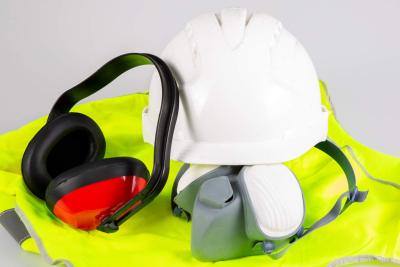 |
Respiratory Protection Standard |
0.75 |
This course covers the basic principles of the respiratory standard as well as each requirement that makes up this program. |
 |
Safe Lifting Practices and Manual Material Handling |
0.75 |
This course covers methods for identifying risk factors related to lifting, carrying, and other manual material handling tasks in the workplace. It includes how to plan and apply ergonomic improvements to reduce or eliminate those risk factors, thereby avoiding injuries, injury-related expenses, and loss of productivity. It also includes a selection of example ergonomic improvements that learners might choose to implement. |
 |
Safe Patient Handling |
0.50 |
This course is designed to provide healthcare professionals with the knowledge and skills necessary to safely handle patients in healthcare settings. The course will cover the principles of safe patient handling, equipment use, risk assessment, communication, and teamwork. |
 |
Safe Vehicle Operation |
0.50 |
This course covers the basic principles of safe vehicle operation, including an introduction to defensive driving concepts and tips for safe driving in rainy or snowy weather. |


























